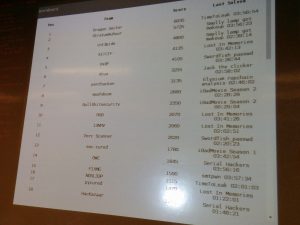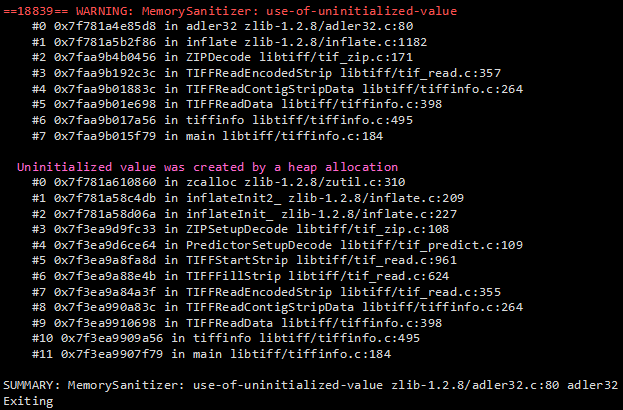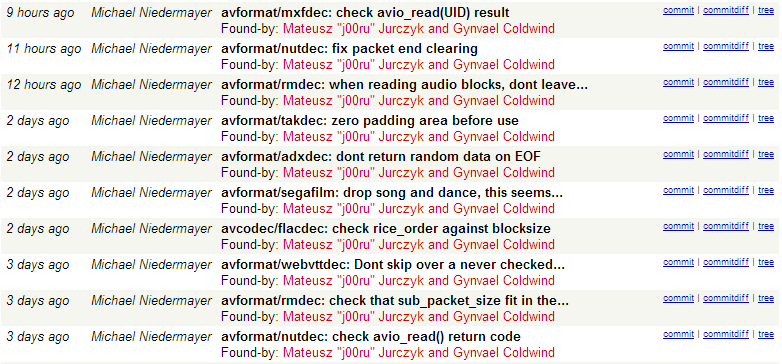In the previous blog post, I discussed a modest technique to “fix” the default process heap in order to prevent various Windows API functions from crashing, by replacing the corresponding field in PEB (Process Environment Block) with a freshly created heap. This of course assumes that the attacker has already achieved arbitrary code execution, or is at least able to use ROP and knows the base addresses of some vital system DLLs. It is likely the last exploitation technique one would use before gaining full control over the vulnerable application or system, and was indeed used by Gynvael and me while wrapping up the exploitation of the easier challenge during this year’s DEF CON CTF qualifiers which took place in May.
However, before we could even reach that stage, I had to overcome a few other significant obstacles, the hardest of which was converting the available primitives into a hijacked control flow. Following hours of trying to reproduce the same heap layout on the organizers’ and my own platform (exploiting the bugs was in fact the easiest part), I finally managed to achieve close to arbitrary memory read and write capabilities. By that point, I knew the location of the heap, the challenge image base and NTDLL.DLL image base, where I could freely read from and write to. On the other hand, the task itself did not make it easy to get controlled EIP even with such powerful primitives, as it didn’t store plain-text function pointers, virtual objects or any data directly controlling the execution flow on either the heap or in static memory. This meant that a generic technique had to be used instead.
 During the weekend of May 21-23 (directly after the
During the weekend of May 21-23 (directly after the  This blog has experienced a long time of inactivity, as I’ve recently used it only to publish slides from conferences I presented at, with many months-long breaks in between. I am planning to change things up and start posting again in the upcoming weeks, starting with this blog post, which I originally wrote in early 2014. I haven’t posted it back then, as the bug in the FreeType project discussed here motivated me to look at other implementations of PostScript fonts and CharStrings specifically, which eventually resulted in an extensive research, dozens of bugs fixed by Microsoft, Adobe and Oracle, five long blog posts on the Google Project Zero blog (see the
This blog has experienced a long time of inactivity, as I’ve recently used it only to publish slides from conferences I presented at, with many months-long breaks in between. I am planning to change things up and start posting again in the upcoming weeks, starting with this blog post, which I originally wrote in early 2014. I haven’t posted it back then, as the bug in the FreeType project discussed here motivated me to look at other implementations of PostScript fonts and CharStrings specifically, which eventually resulted in an extensive research, dozens of bugs fixed by Microsoft, Adobe and Oracle, five long blog posts on the Google Project Zero blog (see the  Since my last blog post and the REcon conference in June, I have continued working on font security, especially in the area of Windows kernel and font engines derived from the Adobe Type Manager Font Driver. More specifically, I moved from manually auditing PostScript Charstring implementations to running automated fuzz-testing of the overall font-handling code; after all, font files are so much more than just the glyph outline programs. The Windows kernel fuzzing initiative started in May this year and has already resulted in having 7 OpenType (ATMFD.DLL) and 4 TrueType (win32k.sys) security issues fixed in the operating system in the August Patch Tuesday. Details of the vulnerabilities are now publicly available in the google-project-zero bug tracker:
Since my last blog post and the REcon conference in June, I have continued working on font security, especially in the area of Windows kernel and font engines derived from the Adobe Type Manager Font Driver. More specifically, I moved from manually auditing PostScript Charstring implementations to running automated fuzz-testing of the overall font-handling code; after all, font files are so much more than just the glyph outline programs. The Windows kernel fuzzing initiative started in May this year and has already resulted in having 7 OpenType (ATMFD.DLL) and 4 TrueType (win32k.sys) security issues fixed in the operating system in the August Patch Tuesday. Details of the vulnerabilities are now publicly available in the google-project-zero bug tracker: Just three days ago another edition of the great
Just three days ago another edition of the great 




